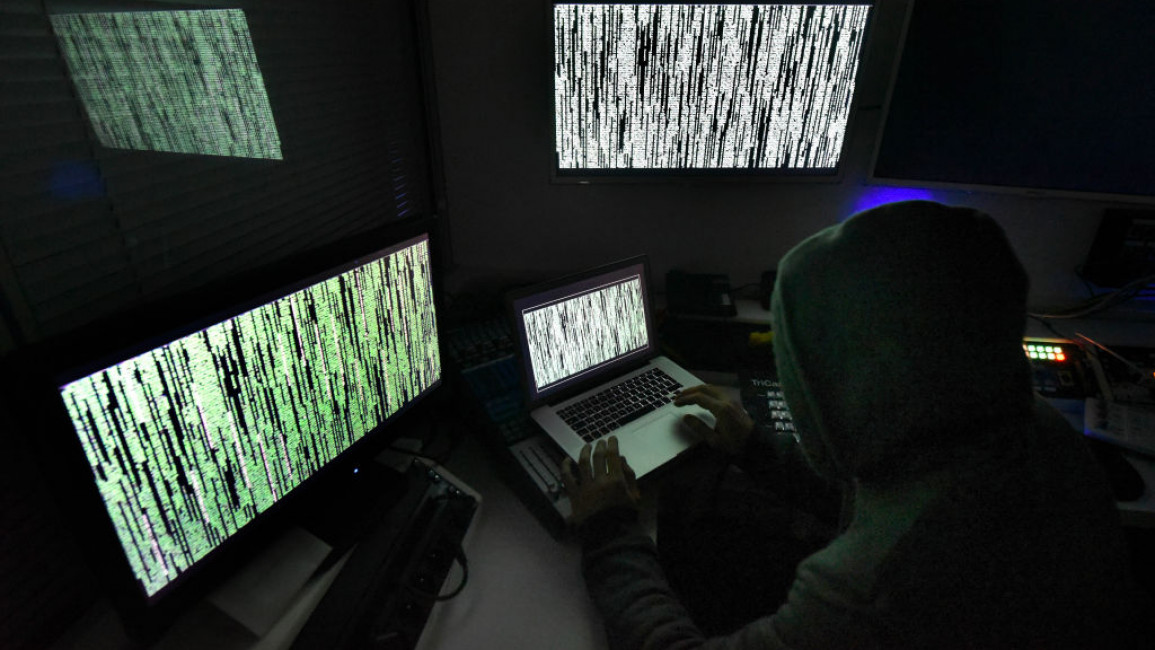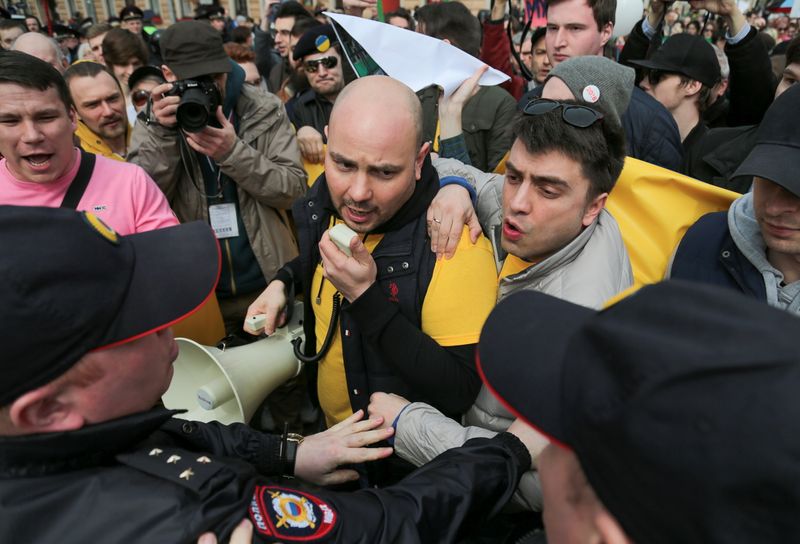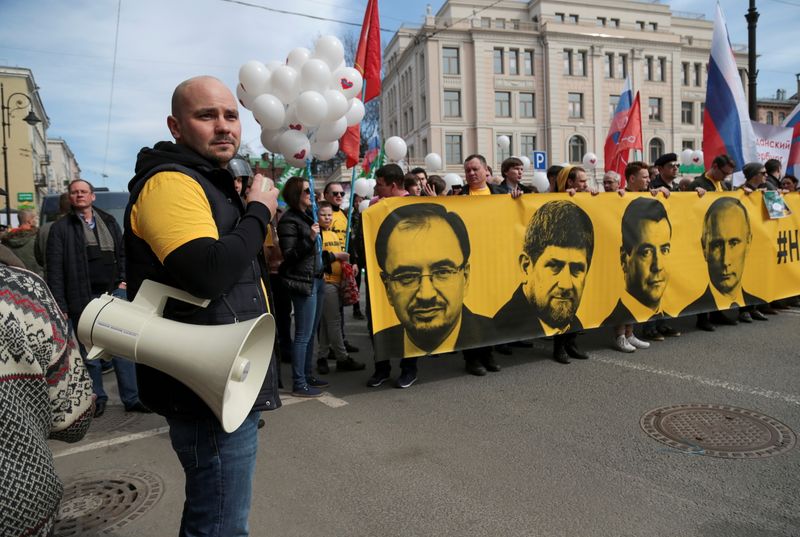UPDATED
One-fifth of U.S. beef capacity wiped out by JBS cyberattack
Marcy Nicholson, Bloomberg News
JUNE 1,2021
A cyberattack on JBS SA, the largest meat producer globally, forced the shutdown of some of world’s largest slaughterhouses, and there are signs that closures are spreading.
JBS’s five biggest beef plants in the U.S. -- which altogether handle 22,500 cattle a day -- halted processing following a weekend attack on the Brazilian company’s computer networks, according to JBS posts on Facebook, labor unions and employees. Those outages wiped out nearly a fifth of America’s production. Slaughter operations across Australia were also down, according to a trade group, and one of Canada’s largest beef plants was idled.
It’s unclear exactly how many plants globally have been affected by the ransomware attack as Sao Paulo-based JBS has yet to release those details. The prospect of more extensive shutdowns worldwide is already upending agricultural markets and raising concerns about food security as hackers increasingly target critical infrastructure. Livestock futures slumped while pork prices rose
JBS suspended its North American and Australian computer systems on Sunday after an organized assault on some of its servers, the company said in a Monday statement. Without commenting on plant operations, JBS said the incident may delay certain transactions with customers and suppliers
“Retailers and beef processors are coming from a long weekend and need to catch up with orders,” Steiner Consulting Group said in its Daily Livestock Report. “If they suddenly get a call saying that product may not deliver tomorrow or this week, it will create very significant challenges in keeping plants in operation and the retail case stocked up.”
Ransomware attack
Impact on meat prices at the grocery store may not be immediately apparent. Retailers don’t always like hiking prices on consumers and may try to resist, according to Michael Nepveux, an economist with the American Farm Bureau Federation.
“How long it goes on will impact to what level consumers start to see something at the grocery stores,” he said in a phone interview.
The White House offered assistance to JBS after the company notified the Biden administration on Sunday of a cyberattack from a criminal organization likely based in Russia, White House Deputy Press Secretary Karine Jean-Pierre told reporters Tuesday. Biden directed the administration to do whatever they can to mitigate the impact on the meat supply.
“Attacks like this one highlight the vulnerabilities in our nation’s food supply chain security, and they underscore the importance of diversifying the nation’s meat processing capacity,” said U.S. Senator John Thune of South Dakota, the Senate’s No. 2 ranking Republican leader.
Any substantial disruption in meat processing would further stoke mounting political concerns about the concentration of the meat industry and complaints of the four giant companies that control more than 80 per cent of U.S. beef processing unfairly leverage their power over farmers and consumers.
JBS is the No. 1 beef producer in the U.S., accounting for 23 per cent of the nation’s maximum capacity compared to rival Tyson Foods Inc.’s 22 per cent share, according to an investor report by Tyson. JBS accounts for about a quarter of U.S. beef capacity and roughly a fifth of pork capacity.
JBS closed beef processing facilities in Utah, Texas, Wisconsin and Nebraska and canceled shifts at plants in Iowa and Colorado on Tuesday, according to union officials and employees. In Canada, an Alberta processing plant was expected to resume operations this afternoon after being idled since Monday, a union spokesman said.
Pork and chicken facilities including one in Minnesota were also closed by the owner of Pilgrim’s Pride Corp., the second-biggest U.S. chicken producer, said union officials and employees. At least five of the six U.S. pork facilities were cutting back operations Tuesday, according to Facebook posts from those plants.
“There are at least 10 plants I have knowledge of that have had operations suspended because of the cyberattack,” said Paula Schelling-Soldner, acting chairperson for the national council of locals representing food inspectors for the American Federation of Government Employees. She declined to identify the locations.
Chicago cattle futures slumped as much as 3.4 per cent Tuesday, its lowest since Jan. 12, before trimming losses to 1.9 per cent. The potential slaughterhouse closures at JBS plants exacerbated an existing supply glut. The U.S. Department of Agriculture’s midday reports for beef and pork didn’t disclose prices due to “packer submission issues.” However, the CME Group’s pork futures contract jumped by more than 3.5 per cent.
The number of cattle slaughtered in the U.S. fell 22 per cent from a week ago, while hogs were down 20 per cent, according to USDA estimates.
Hackers now have the commodities industry in their crosshairs with the JBS attack coming just three weeks after Colonial Pipeline Co., operator of the biggest U.S. gasoline pipeline, was targeted in a ransomware attack. It also happened as the global meat industry battles lingering COVID-19 absenteeism after recovering from outbreaks last year that saw plants shut and supplies disrupted.
There have been more than 40 publicly reported ransomware attacks against food companies since May 2020, said Allan Liska, senior security architect at cybersecurity analytics firm Recorded Future.
JBS owns facilities in 20 countries. The U.S. accounts for half of the company’s revenue, while Australia and New Zealand represent 4 per cent and Canada accounts for 3 per cent, according to corporate fillings. Brazilian plants are operating normally, a JBS spokesperson said Tuesday by phone.
Backup servers fine
Backup servers were not affected, and the company is working to restore systems as soon as possible, according to a Monday statement from JBS USA. JBS’s shares rose 2.3 per cent Tuesday in Sao Paulo, outpacing the 1.6 per cent gain for Brazil’s Ibovespa benchmark index.
JBS is the largest Australian meat and food processor with a portfolio of beef, lamb, pork, and value-added branded products, according to its website. It exports to more than 50 countries and its Dinmore facility is the biggest beef plant in the southern hemisphere.
Still, the shutdown is a big concern for exports if it drags on, said Matt Dalgleish, manager of commodity markets insights at Thomas Elder Markets, noting Australia ships overseas about 70 per cent to 75 per cent of red meat products from sheep and cattle.
“Given the size of JBS globally, if they were offline for any more than a week, then we’re going to see disruption to supply chains for sure,” he said.
Meatpacking giant JBS believes Russia behind hack that hit plants
The New Arab Staff & Agencies
01 June, 2021
An American subsidiary of Brazilian meat processor JBS told the US government that it has received a ransom demand in a cyberattack it believes originated in Russia, which has forced some plants to cut production

The White House is engaging directly with the Russian government [Getty]
An American subsidiary of Brazilian meat processor JBS told the US government that it has received a ransom demand in a cyberattack it believes originated in Russia, which has forced some plants to cut production.
JBS received the demand from "a criminal organization likely based in Russia" following an attack that has affected its operations in Australia and North America, White House spokeswoman Karine Jean-Pierre said on Tuesday.
The White House statement comes as yet another major US sector finds its operations under duress, less than a month after a major cyberattack temporarily shut down the Colonial Pipeline network supplying about 45 percent of the fuel consumed on the US east coast.
"The White House has offered assistance to JBS, and our team and the Department of Agriculture have spoken to their leadership several times in the last day," Jean-Pierre said.
"The White House is engaging directly with the Russian government on this matter and delivering the message that responsible states do not harbor ransomware criminals."
Brazil-based JBS is a sprawling meat supplier with operations in the United States, Australia, Canada, Europe, Mexico, New Zealand and Britain.
"JBS USA determined that it was the target of an organized cybersecurity attack, affecting some of the servers supporting its North American and Australian IT systems," the company said in a statement Monday.
Numerous plants impacted
JBS said its backup servers were not affected by the incident, but the statement did not offer details on the status of its plants. The company did not immediately respond to AFP queries.
The company's Australian facilities were said to have been paralyzed by the attack, with up to 10,000 meat workers being sent home without pay, according to a union representative.
"It's affecting JBS processing facilities around (Australia)," AMIEU Queensland branch secretary Matt Journeaux told AFP. "They have stood down workers across JBS operations."
Journeaux said there was no word yet from the company on when operations will resume.
Several plants in North America were also affected by the incident.
The Facebook page for JBS' Green Bay, Wisconsin plant said there would be no production Monday. Another plant in Utah was also not operating, said a person who answered the phone and declined to give his name.
A plant in Iowa said four departments would not operate on Monday, while remaining units were working normally, according to its Facebook page.
JBS' Canada division canceled some operations on Monday and early Tuesday, but said on Facebook later in the day that normal production would resume.
The United Food and Commercial Workers local representing workers in Colorado and Wyoming said "kill" and "fabrication" shifts were cancelled on Monday, according to its Facebook page.
Cybersecurity vulnerabilities
Colonial's multi-day shutdown in May sparked panic buying in some eastern states, and ended when the company paid $4.4 million in ransom to the hackers.
The online vulnerabilities of US oil conduits led the federal government last week to impose cybersecurity requirements on petroleum pipelines for the first time.
The JBS and Colonial Pipeline incidents follow a 2020 hack of the SolarWinds software company. Last week, Microsoft warned that the state-backed Russian group behind the SolarWinds attack had re-emerged with a series of attacks on government agencies, think tanks and other groups.
"The cybersecurity landscape is constantly evolving and we must adapt to address new and emerging threats," Homeland Security Secretary Alejandro Mayorkas said in a statement Thursday.

















/cloudfront-us-east-1.images.arcpublishing.com/tgam/OHMSDJG7UZJKFGO35UFXG2QSHE.jpg)